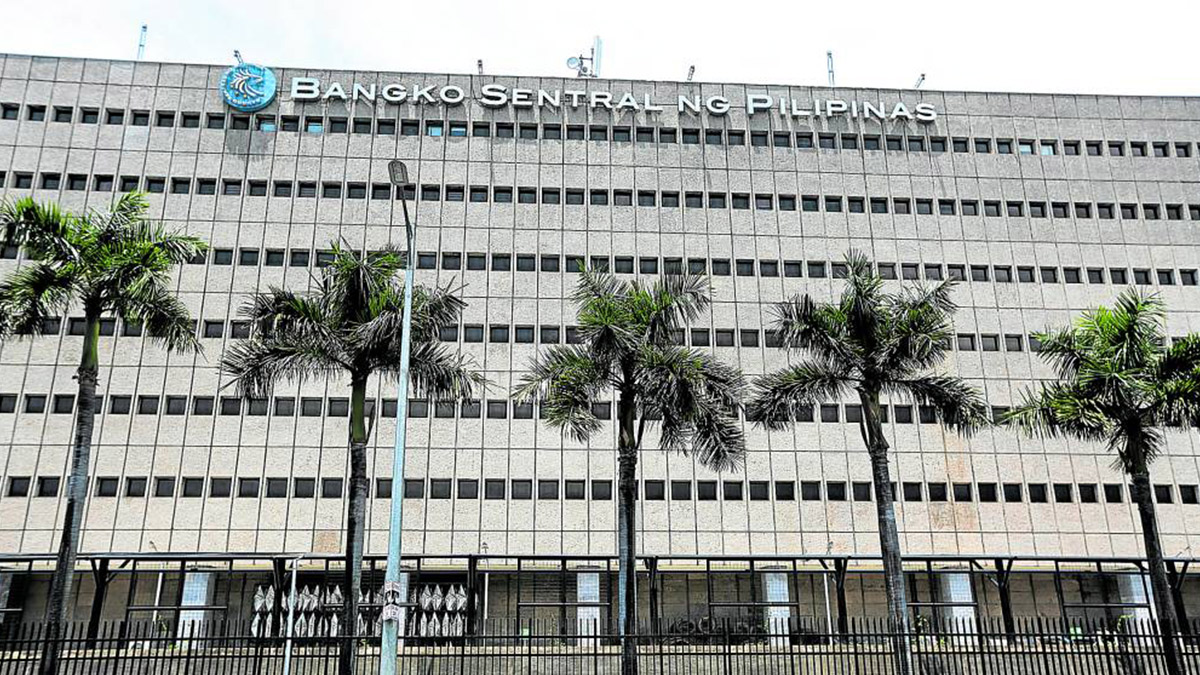The net inflow of foreign direct investments (FDI) to the Philippines fell by nearly 15 percent in August this year, with the decline largely attributed to less money going into debt instruments such as bonds and government securities.
Data from the Bangko Sentral ng Pilipinas (BSP) released on Monday showed that the net FDI inflow settled at $813 million, dropping by 14.5 percent from the $951 million recorded in August 2023.
“The decline in FDI net inflows during the month was due mainly to the 21.6-percent contraction in nonresidents’ net investments in debt instruments to $529 million from $675 million,” the BSP said in a statement.
Such a decline in investments in debt instruments can be correlated with factors such as an increased perception of risk or shift to other investment alternatives that offer a better return.
The BSP data also showed that nonresidents’ reinvestment of earnings likewise declined by 9.4 percent to $217 million from $240 million.
Equity placements
But in stark contrast, nonresidents’ net investments in equity capital—other than reinvestment of earnings—expanded by 83.6 percent to $66 million from $36 million in August 2023.
The BSP said that these equity capital placements came largely from Japan and the United States, with most of those invested in the manufacturing, real estate, as well as the electricity, gas, steam and air-conditioning supply industries.
Despite the drop in August, the net FDI inflow at the end of August went up by 3.9 percent to $6.1 billion from the $5.8 billion tallied in the same eight-month period in 2023.
China Bank Capital Corp. managing director Juan Paolo Colet told the Inquirer that the deceleration in FDI net inflows in August was “quite disappointing,” citing the growth momentum from last year.
This will thus “make it challenging” for the government to meet its full-year net FDI target of $9.5 billion.
“Given the current run rate, cumulative net inflows may only reach around $9.15 billion by year-end, which is slightly better than last year’s total print,” he added.
Unlike the so-called “hot money” that leaves markets at the first sign of trouble, FDIs are firmer capital inflows that generate jobs for people.
Sought for comment, Rizal Commercial Banking Corp. chief economist Michael Ricafort told the Inquirer that the relatively lower FDI could also be brought about by wait-and-see stance by some foreign investors concerning the recently passed CREATE MORE Act (Corporate Recovery and Tax Incentives for Enterprises to Maximize Opportunities for Reinvigorating the Economy).
“For the coming months, the CREATE MORE Law would now make international investors more decisive to locate in the country with better incentives that could compete better with other Asean or Asian countries,” he said in a Viber message. INQ
He also cited the expected further rate cuts this year by the US Federal Reserve that could be matched by the country’s central ban.
With the resulting decline in borrowing costs, more foreign investments should flow into the country.
“However, offsetting risk factors for future FDI data would be (the) possible more protectionist by a Trump presidency,” he said, noting pronouncements from the newly elected US leader discourage some American companies from investing and creating more jobs overseas.
Additionally, he warned about a potential trade war that could slow down the world economy and global trade, becoming a drag on FDIs into the country.
For his part, Philippine Economic Zone Authority (PEZA) director general Tereso Panga expressed optimism about more investments in the manufacturing sector registering with them in the coming months.
“Since the gestation of ecozone projects is fast, our generated FDI leads will come in by next year,” Panga told the Inquirer, expressing confidence that they will surpass their target of registering P200 billion worth of investments by yearend.
